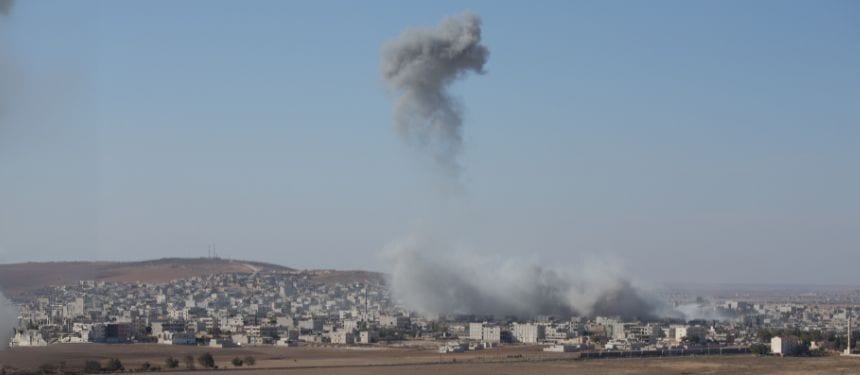What's happening: Israel-Iran conflict

Since 13 June, Israel and Iran have rapidly escalated into a direct conflict marked by intensified military strikes.
Israel carried out its first airstrikes on Iranian territory at about 03h30 (Iran Standard Time) as part of the large-scale aerial campaign named 'Operation Rising Lion'. Initially focused on military and nuclear-related targets, by 14-15 June this expanded to include critical Iranian energy infrastructure, government institutions, and airports across several cities, including Tabriz, Sanandaj and Kermanshah. Israeli strikes have also targeted key figures within the Islamic Revolutionary Guard Corps (IRGC). Among the reported casualties were IRGC Commander Hossein Salami and Armed Forces Chief of Staff Mohammad Bagheri.
Iran has since launched several waves of ballistic missiles in the evening hours towards Israel in a set of retaliatory operations called ‘Operation True Promise-3’. While Israel’s air defences have intercepted most, some missiles struck populated areas, with reports of explosions in Jerusalem and Tel Aviv, as well as in Haifa, Galilee, and Kiryat, resulting in civilian casualties.
The Houthis in Yemen have openly declared their participation alongside Iran, the first time an Iranian proxy group has publicly announced a joint attack, firing ballistic missiles into Israel on 14-15 June, and threatening to resume their attacks to maritime targets and US assets in the region.
Airspace closures have affected Israel, Iran, Iraq and Syria, severely disrupting commercial aviation. Jordan has reopened its airspace during daylight hours but maintains closures overnight, reflecting ongoing security concerns.
The US continues to avoid direct military involvement but has expressed clear political support for Israel. Meanwhile, following five rounds of unsuccessful nuclear negotiations between Iran and the United States, Iran’s parliament is preparing legislation to exit the nuclear Non-Proliferation Treaty (NPT), but reaffirmed that Iran continues to oppose developing weapons of mass destruction.
Security risks and regional impact
Looking ahead, the near-term outlook suggests continued tit-for-tat military action, with high risks of further and wider escalation.
Israel is likely to maintain and escalate its targeted strikes on Iranian military and infrastructure assets. Iran and its proxies remain capable of launching further missile and drone attacks, with major urban centres in Israel and potentially Baghdad at increased risk. Cyberattacks, though not yet observed, represent a credible threat to critical infrastructure, including Israel’s electrical grid and early warning systems.
Airspace disruptions are expected to persist, complicating regional travel and logistics.
Evacuations of foreign nationals from Israel are ongoing and likely to continue over at least the next 48 to 72 hours. Evacuation routes from Israel through Jordan are likely to remain preferred options, while in Iran evacuation to northern border countries are likely to remain the most viable. Internally, Iran faces growing unrest driven by energy shortages and the cumulative impact of targeted Israeli strikes.
The security situation remains fluid and unpredictable, requiring ongoing monitoring and flexible risk mitigation for stakeholders operating in or near the region.
Risk management advice
- Stay informed: Monitor reliable local media closely alongside official and embassy updates. Local outlets often provide detailed, location-specific intelligence missed by global sources. Encourage travellers to use the Healix Travel Oracle app with ‘Iran’ and ‘Israel’ on their watchlist for real-time alerts.
- Communicate clearly: Prioritise critical information like government directives and potential curfews separately from routine updates. Strengthen internal communication and crisis response protocols, ensuring backup channels in case of cyber disruption.
- Monitor travel options: Keep track of airport operations and border statuses. Airspace closures in Iran and Israel remain in effect, and neighbouring countries may close borders suddenly.
- Prepare for stand-fast: Assess in-country staff health risks and defer non-essential medical treatments. Verify that safe locations have adequate supplies and facilities for extended stays.
- Set escalation triggers: Define clear internal signals that indicate when to adjust evacuation plans, aligned with your organisation’s risk tolerance and the evolving situation.
- Liaise with the Healix Security Operations Centre (GSOC): Should support be required with any of the above, or for confidential discussions about evacuation planning and risk mitigation, clients can contact the Healix GSOC.

